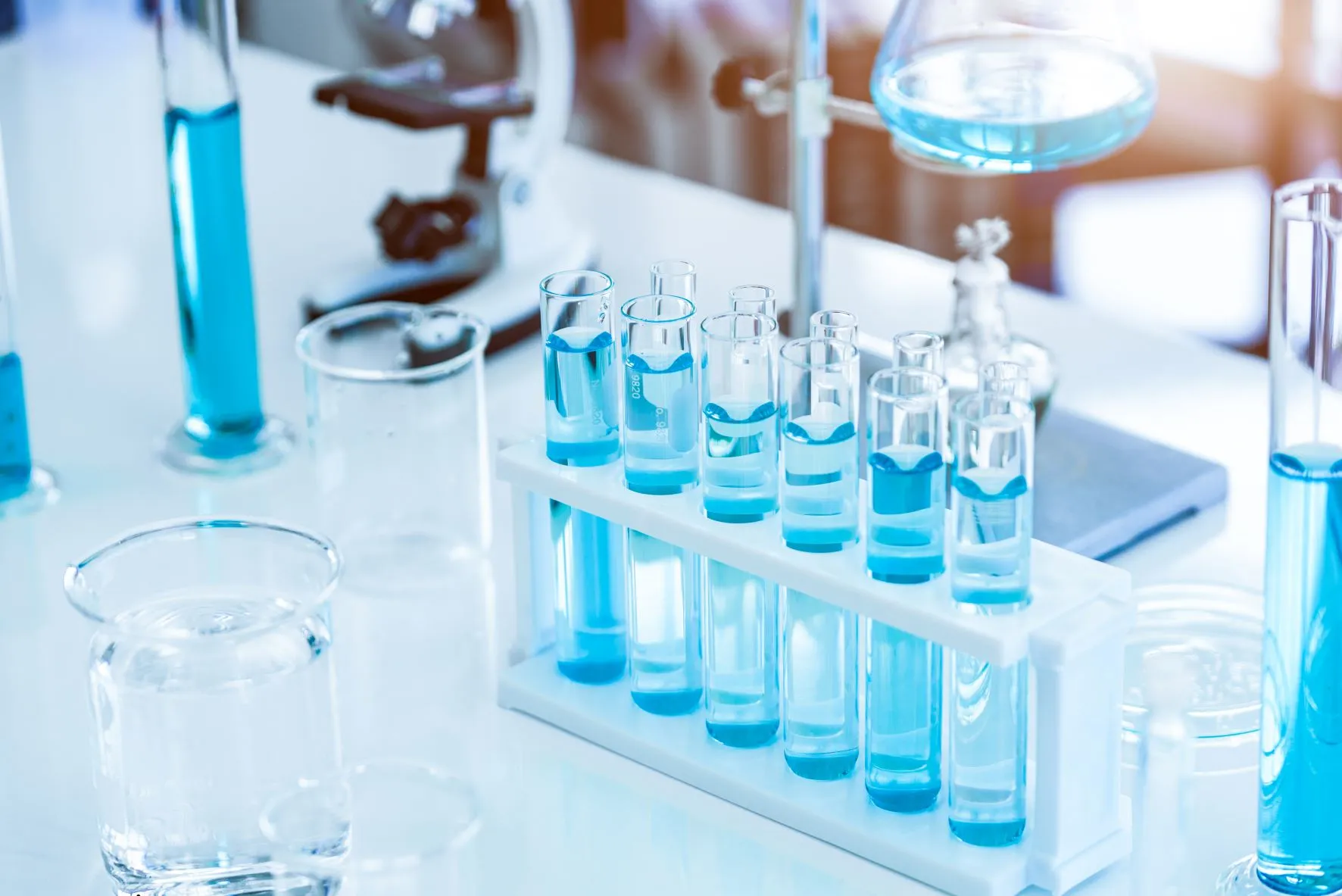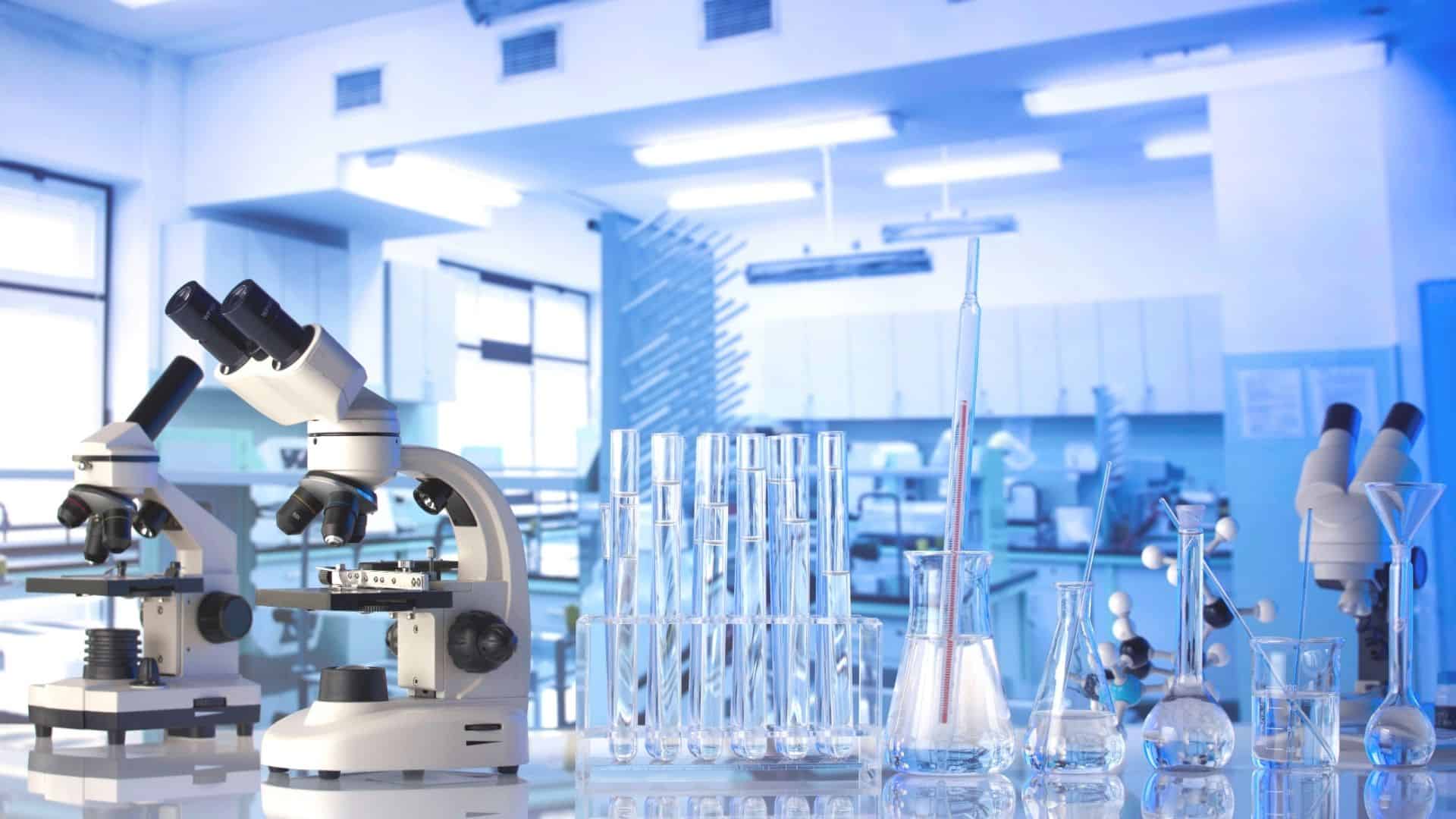Introduction
When it comes to recovery, time is everything. Athletes, fitness enthusiasts, and researchers are increasingly curious about compounds that could influence the body’s natural healing process. Two peptides that stand out in this area are BPC-157 and TB-500, both frequently studied for their potential in injury repair. At [Ayvé], we specialize in providing premium-quality research peptides to support scientific exploration of recovery and regeneration.
Why Injury Repair Matters
The Challenge of Recovery
Injuries to muscles, tendons, and ligaments can take weeks or months to heal, limiting mobility and performance. Even with rehabilitation and therapy, the injury repair process can be slow and unpredictable. This challenge drives interest in peptides that may accelerate recovery.
The Role of Peptides in Healing
Peptides are short amino acid chains that play signaling roles in the body. Certain peptides are believed to stimulate regeneration, improve blood flow, and reduce inflammation, all of which are essential to injury repair.
BPC-157 and Injury Repair
BPC-157, or Body Protection Compound-157, is derived from gastric proteins and is one of the most researched peptides in recovery science.
Potential Benefits of BPC-157 for Injury Repair
- May support tendon-to-bone healing, often a major obstacle in sports recovery.
- May promote angiogenesis, increasing blood flow to damaged tissues.
- May reduce inflammation and oxidative stress that slow down injury repair.
The peptide has gained a reputation for its wide-ranging influence in studies related to muscular, tendon, and ligament healing.
TB-500 and Injury Repair
TB-500 is a synthetic version of thymosin beta-4, a naturally occurring peptide in the human body.
Research Highlights in Injury Repair
- Encourages cell migration to the site of damage.
- May help regenerate muscle fibers and connective tissues.
- May support flexibility and mobility during recovery.
By aiding cellular activity, TB-500 has been studied as a complement to BPC-157 in the field of injury repair.
Combining BPC-157 and TB-500 for Injury Repair
Researchers often explore these peptides together to study potential synergistic effects.
How They Work Together
- BPC-157 focuses on blood vessel growth and tendon healing.
- TB-500 enhances cell mobility and tissue regeneration.
- Together, they may create a more comprehensive approach to injury repair.
This combined potential makes them an exciting area of research in regenerative science.
Scientific Insights on Injury Repair Peptides
The science behind peptides like BPC-157 and TB-500 is still developing, but early studies are encouraging. Research models have observed:
- Faster tendon and ligament healing.
- Reduced scarring and inflammation.
- Improved recovery timelines for muscle damage.
These findings underscore the importance of further study in the area of injury repair peptides.
Ayvé: Your Trusted Source for Injury Repair Peptides
At [Ayvé], we provide research-grade peptides to support scientists investigating advanced recovery solutions. Quality and consistency are our top priorities, ensuring that every batch meets strict research standards.
Why Choose Ayvé?
- Premium research-grade BPC-157 and TB-500.
- Transparent sourcing and testing processes.
- Commitment to supporting innovation in injury repair research.
By offering high-purity peptides, we empower researchers to explore new frontiers in tissue regeneration and healing.
Applications in Injury Repair Research
Researchers are studying peptides like BPC-157 and TB-500 in several fields:
- Sports Science – Exploring faster recovery for athletes.
- Orthopedic Research – Investigating tendon and ligament healing.
- Tissue Engineering – Looking at cellular pathways of regeneration.
Each field reflects the growing importance of peptides in the study of injury repair.
The Future of Injury Repair Peptides
As regenerative medicine evolves, peptides may become central to how injuries are studied and understood. With their potential to influence multiple aspects of healing, BPC-157 and TB-500 are likely to remain at the forefront of injury repair research.
Conclusion
Healing from injuries is often a slow process, but peptides like BPC-157 and TB-500 are providing researchers with new insights into how recovery might be supported. At [Ayvé], we are proud to supply premium-quality peptides that aid in the exploration of regenerative science. For anyone researching tendon, ligament, or muscle healing, these compounds represent a promising step toward the future of injury repair.




